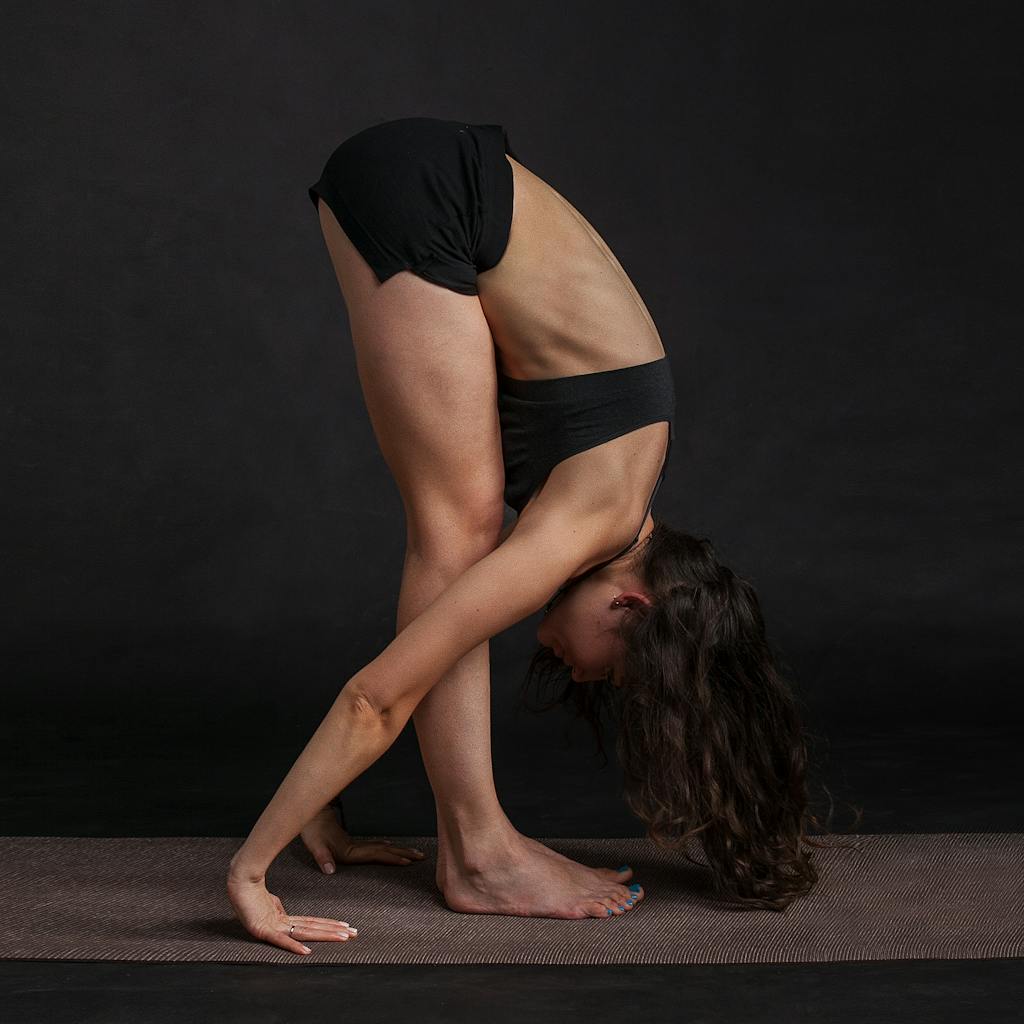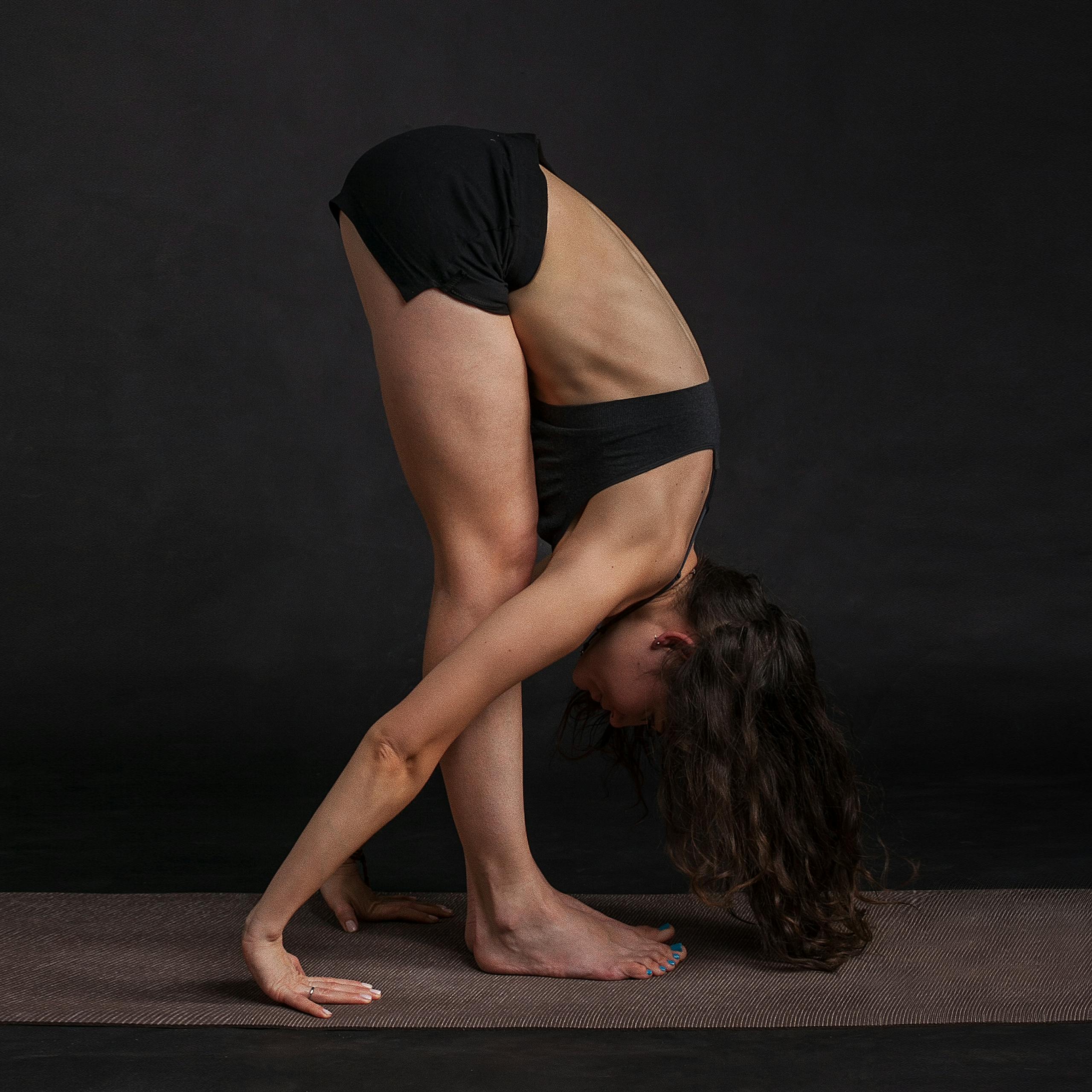Yoga for Athletes: Poses to Enhance Flexibility and Strength

Yoga is more than just a trend—it’s a powerhouse practice that complements athletic performance by building flexibility, strength, and mental focus. If you’re an athlete looking to reach new levels in your training or maintain longevity in your sport, incorporating yoga into your routine can be a game-changer. Let’s dive into how yoga can enhance athletic performance, focusing on essential poses that maximize flexibility and strength.
Why Yoga for Athletes?
Athletes across all disciplines—from runners and cyclists to weightlifters and swimmers—can benefit from yoga. It targets muscle groups that might not get as much attention in regular training and helps prevent injuries. Not to mention, it sharpens the mind, which is often the deciding factor between good and great performance. Yoga improves range of motion, muscle recovery, and balance, giving athletes an edge both physically and mentally.
Essential Yoga Poses for Flexibility and Strength
To get the most out of yoga, consistency is key. Integrate these poses into your routine, and you’ll likely notice enhanced agility, reduced stiffness, and increased resilience.
1. Downward-Facing Dog (Adho Mukha Svanasana)
This classic pose stretches the hamstrings, calves, and shoulders while strengthening the arms and core. It’s excellent for relieving tension after intense training, especially in the lower body.
- How to do it: Start on all fours, tuck your toes under, and lift your hips toward the ceiling, forming an inverted “V” shape. Keep your arms straight, press your heels toward the floor, and let your head hang between your arms.
2. Warrior II (Virabhadrasana II)
Warrior II is a dynamic pose that strengthens the legs, core, and shoulders, helping you build stability and resilience.
- How to do it: Step one foot back, bend your front knee, and extend your arms parallel to the floor. Keep your gaze over your front hand. This posture builds strength in the lower body and improves focus, a perfect combination for athletes.
3. Tree Pose (Vrksasana)
Tree Pose is a balancing posture that tests your stability, coordination, and focus. It targets leg strength and improves ankle stability, ideal for athletes who need endurance and balance.
- How to do it: Stand on one foot, and bring the sole of your other foot to your inner thigh. Bring your hands to a prayer position at your chest or raise them overhead for an added challenge.
4. Bridge Pose (Setu Bandhasana)
The Bridge Pose activates the glutes, hamstrings, and lower back muscles. It’s excellent for runners, as it helps build strength and flexibility in the hip flexors, which are often tight after intense running sessions.
- How to do it: Lie on your back with your knees bent and feet flat on the floor. Lift your hips while keeping your shoulders grounded, and squeeze your glutes. Hold for several breaths to build endurance in these critical muscles.
5. Pigeon Pose (Kapotasana)
A go-to for releasing tight hip muscles, Pigeon Pose helps with flexibility and mobility in the hips—a vital area for athletes. Tight hips can hinder performance, especially in sports that require agility.
- How to do it: From a plank position, bring one knee forward toward your opposite wrist and slide the other leg back. Lower your hips and lean forward if comfortable. This deep stretch will increase flexibility over time.
6. Boat Pose (Navasana)
Boat Pose focuses on core strength, essential for maintaining balance, control, and endurance in virtually every sport.
- How to do it: Sit on the floor, lean back slightly, and lift your legs to a 45-degree angle. Extend your arms parallel to the floor, forming a “V” shape with your body. Hold the pose for a few breaths, gradually building up your core endurance.
7. Child’s Pose (Balasana)
After challenging poses, Child’s Pose provides a gentle stretch for the back and helps calm the nervous system. It’s an ideal recovery pose and can be used as a resting position in any yoga sequence.
- How to do it: Kneel down, sit back on your heels, and extend your arms forward, bringing your forehead to the ground. Take deep breaths to let go of any tension in your body.
How Often Should Athletes Practice Yoga?
Consistency is key to reaping the benefits of yoga. Ideally, athletes should incorporate yoga into their routine at least two to three times a week. Short sessions of 15–20 minutes can be just as effective as longer sessions, especially when focusing on poses targeting specific muscle groups. Recovery yoga after intense training and relaxing stretches on rest days can also improve overall athletic performance.
Benefits Beyond the Mat
The advantages of yoga extend well beyond physical flexibility and strength. For athletes, yoga can also reduce the risk of injuries, shorten recovery time, and enhance mental clarity. In a high-stakes game or a long-distance run, maintaining focus is often half the battle. Yoga teaches mindfulness, breathing techniques, and a stronger connection between the mind and body, which can make a difference in training and competition.
Yoga can be a transformative addition to any athlete’s training program. Not only does it improve flexibility and strength, but it also fosters mental resilience and balance. The poses above are designed to target muscle groups most commonly engaged in sports, giving you a solid foundation to enhance your performance, prevent injuries, and boost recovery. So, roll out your mat, take a deep breath, and start incorporating yoga into your athletic routine. You’ll feel the difference both on and off the field.


Recent Comments